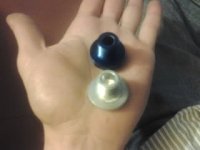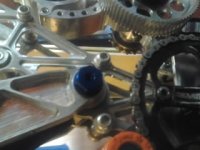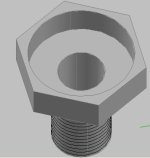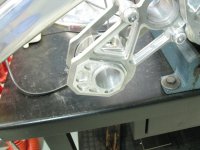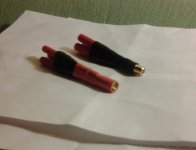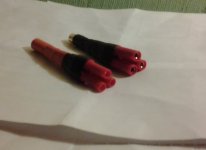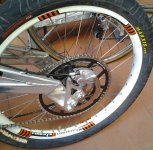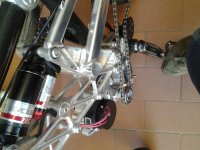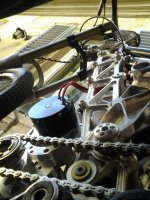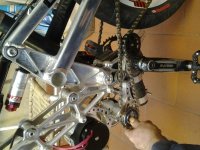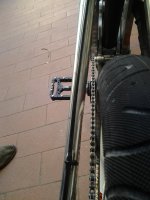Thanks guys
You are right, Miles, in theory the bolts are not subjected to strong forces, I can say that in these days I'm testing the bike without power but with all the components laced, to see how the bike is ride-able and mostly if the weight concentrated in the BB spacer could lead to structural problems or an excess of flex for the swingarm ('cause the BB area is in fact out from the frame triangle)....Well..In the process of mounting and dismounting the pivot bolts, I forgot one time to remount them and I went out with the bike for a ride

I realized it only when I came back

.....(OK, was only a short street ride with some stairs and sidewalk, far from the load of a 3220 drive and/or a true trail ride).
For an hypothetical soft use on paved roads I'll bet I could put bearings directly in the outer side of the swingarm (as I mentioned before in the thread) and simply use the end shaft bits (granes, nuts or whatever) to sandwich everything.
An hollow bolt (for 1/2 shaft) with only 0.75mm wall thickness (0.72 to be correct as the bolt is an M16x1.5) seems not realistic to me, though, and this is providing only 0.3mm of room between the 1/2 shaft and the Bolt ID.....that's not enough.....
With a 12mm axle I should get a 0.65 millimeter of room and 1mm of wall thickness or play in another way with the 0.7mm gained....but that's maybe still not enough....
A 10mm shaft could lead to a perfect mechanical setup, but I suspect that's not good to sustain 1/3 of the human torque and 18x the torque of the Astro, even if made by the best hardened steel or Ti.
What do you think guys?




